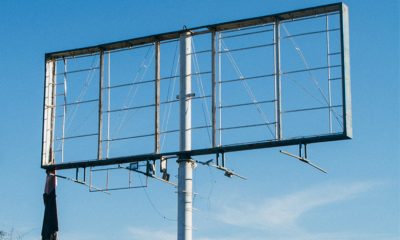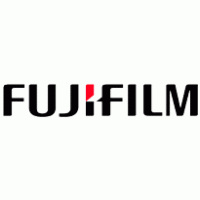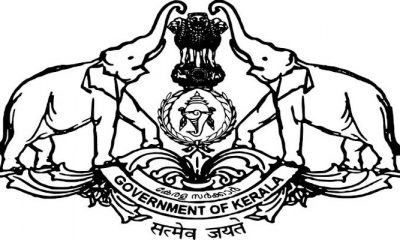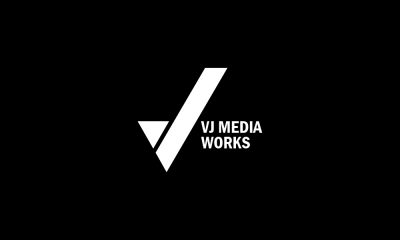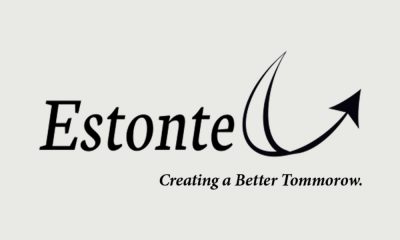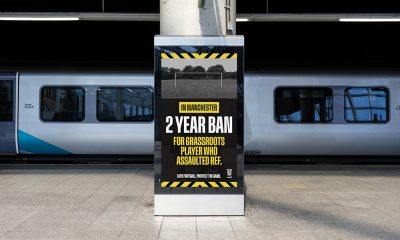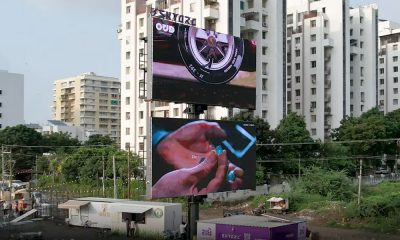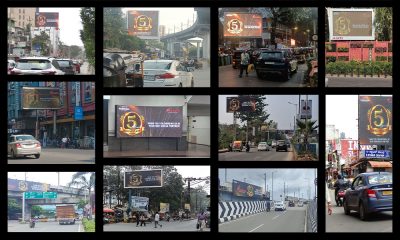Ad Policies & Regulations
Awareness building, stringent norms will take OOH to the green sphere
Green fabric makers reckon an industry mindset shift, economies of scale, and tighter regulations will go a long way to usher in green OOH
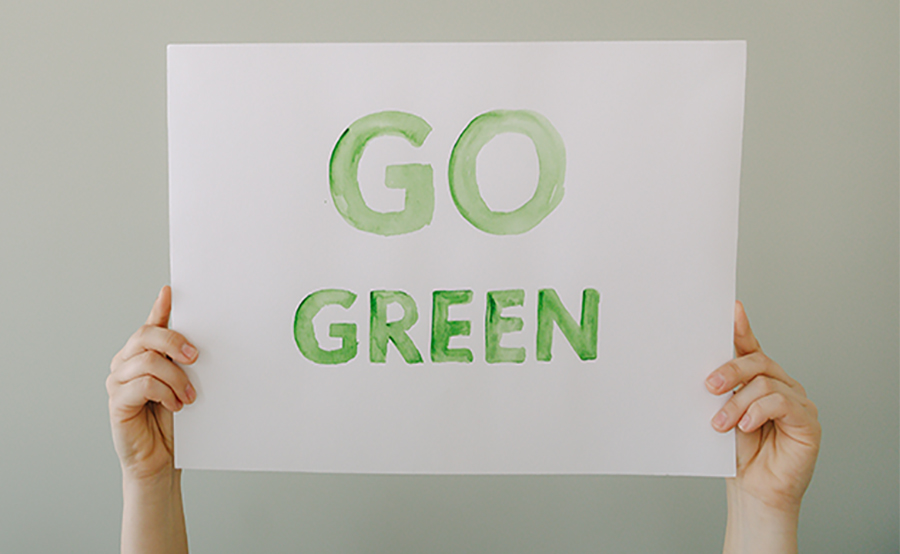
It’s nearly a month since the Centre issued guidelines to ban single-use plastics that came into from July 1, 2022. Single-use plastics are typically items that cannot be recycled once used and hence have to be discarded after a single use. So, would this ban have any bearing on the use of PVC (polyvinyl chloride) flex for outdoor advertising?
Studies have shown that PVC is one of the largest sources of dioxins in the world, a chemical that is harmful to live organisms. The toxins do not break down in the environment, and hence get bioaccumulated in the food chain of the ecosystems. It causes a variety of health problems.
The current single-use plastic ban applies to plastic or PVC banners containing less than 100 microns, whereas the material used for outdoor advertising has more than 100 microns.
Would that mean a status quo on the use of such material for outdoor advertising? Media4Growth reached out to key green media fabric makers to have their perspectives on this matter.
Diya Nalwaya, Director, Jupiter Branding Solutions, which is a fabric manufacturing company said, “The minimum microns that are available for the flex is around 170-180 microns; there are no products below that, not just in India but globally. So, the ban doesn’t affect the advertising industry at all.” She added that “recycling of flex doesn’t help because it is contaminating the environment while it is being recycled because it releases toxic gases which are harmful to the environment as well as for human beings.”
Talking about the steps that can help in spreading awareness among the brands on the use of green fabric, Aravindh Mano, Marketing Manager of Shiva Textile said, “Government has only called for a ban but has not undertaken any measure to educate people on the use of alternatives available in the market. This ban will not change anything for us as no flex is less than 100 microns.” Aravindh also said: “OOH businesses will be ready to switch to green options only if the Government imposes a ban.”
Cost is one key factor coming in the way of the OOH businesses switching to green alternatives. Deepak Girotra, Director, Sun Printable Fabric said, “Cost factor as of today cannot be addressed much because if you want a quality product it will be definitely cost 30-35% more than PVC flex. This is happening because fabrics are not in a scalable economy right now. Right now, since the demand volume is low, prices will remain on the higher side.” He also said that that building wider awareness on the matter will help adoption of the green alternatives.
Addressing the cost factor, Aravindh said, “Good quality flex and fabric costs the same. It is not the cost factor that is restraining them (companies) from change, but the habit. Awareness about the alternatives is the only way out of this. Government should encourage the alternatives because we alone cannot do it as we are very small in number as compared to the whole industry.”
Deepak said that it is not just a ban that will help the cause. Rather, companies themselves need to recognise the imperative of adopting green solutions. Indian Oil, as a case in point, has gone on record to using green fabric for advertising at petrol pumps. As the majors make the switch, the smaller businesses will follow that path, he reckoned.
-

 Creative Concepts
Creative ConceptsDisney’s Percy Jackson season 2 makes splash with 4D billboard activation
-

 Creative Concepts
Creative ConceptsNMACC’s snowfall billboard promotes The Nutcracker on Ice
-
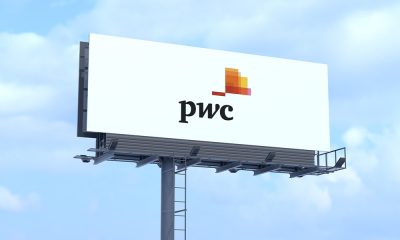
 Markets in Focus
Markets in FocusPwC forecasts India’s OOH revenue to near $800M, powered by DOOH and measurement
-
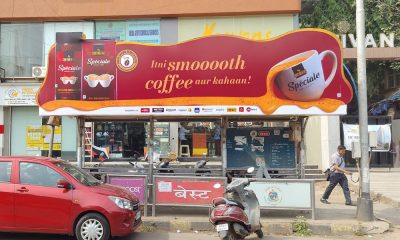
 Campaigns
CampaignsContinental Coffee Speciale unleashes sensory OOH blitz in Mumbai
